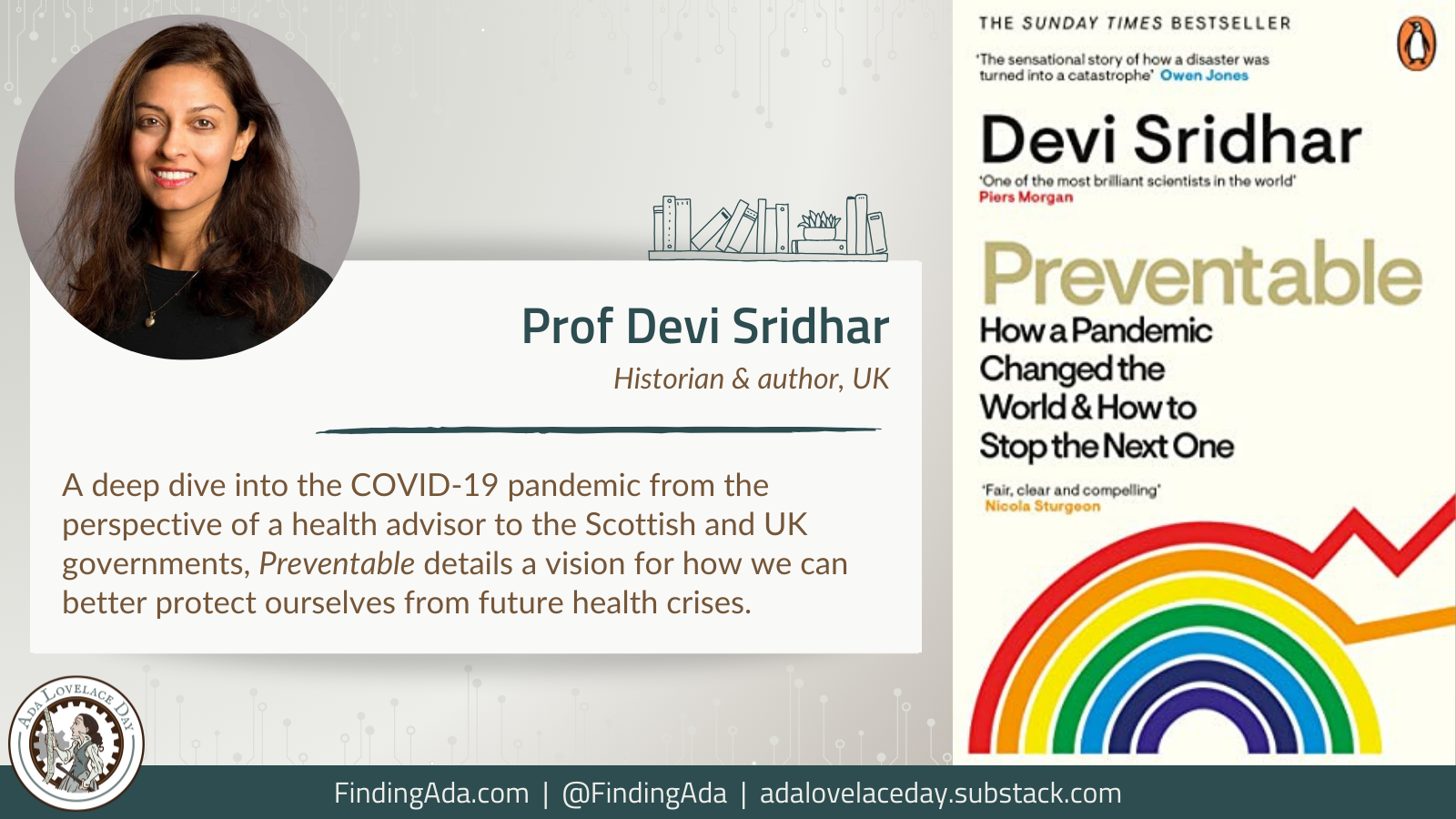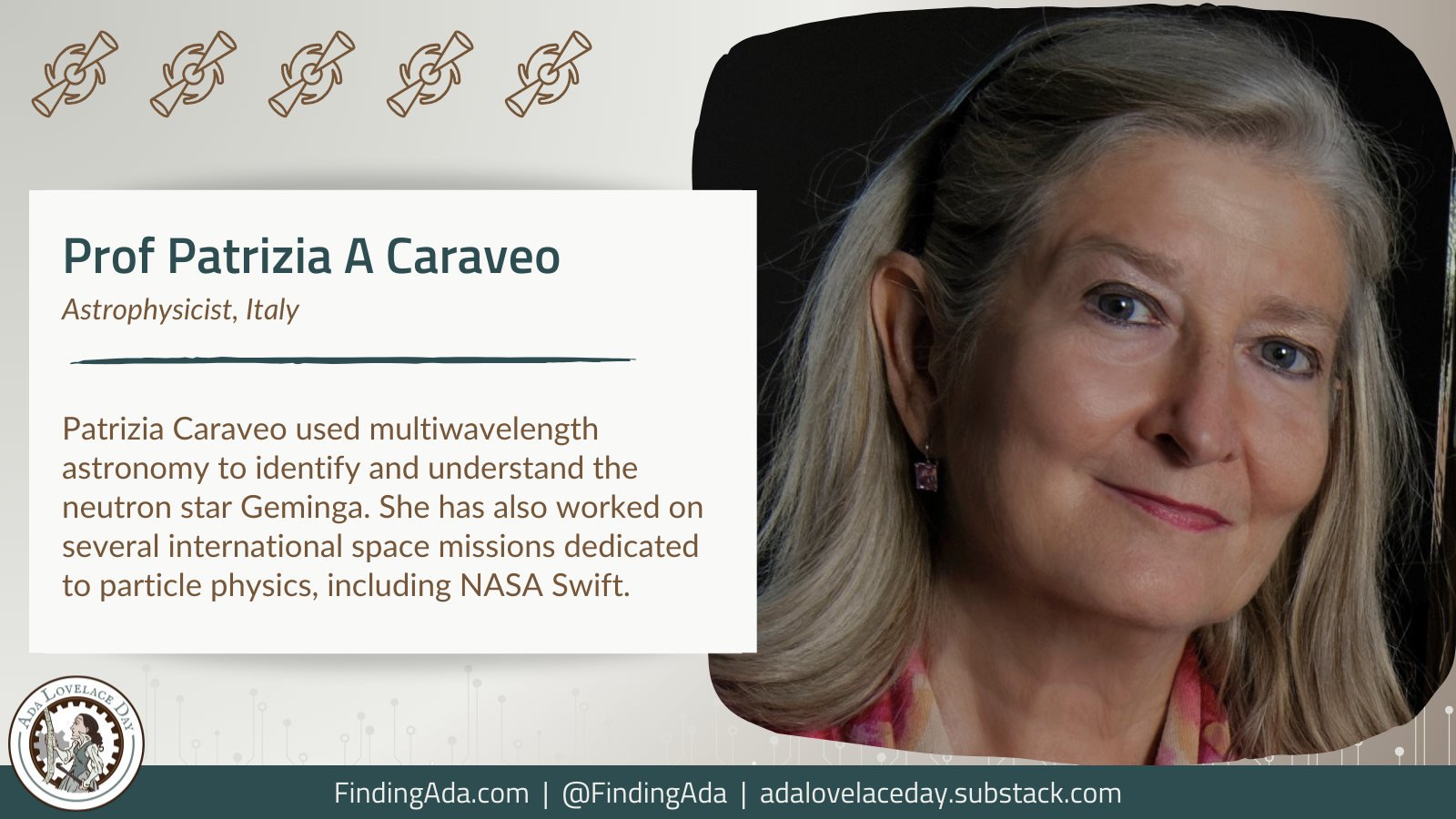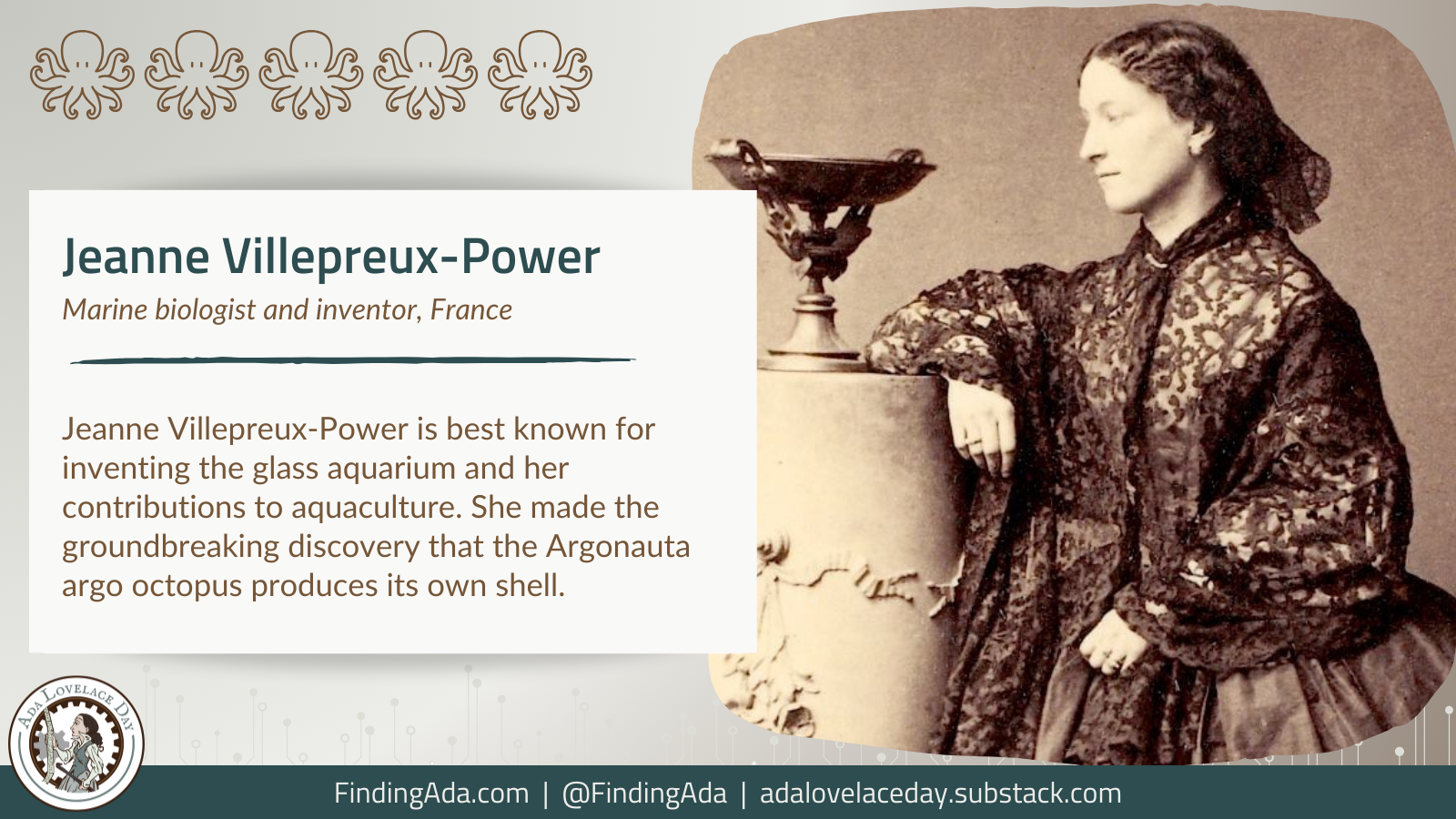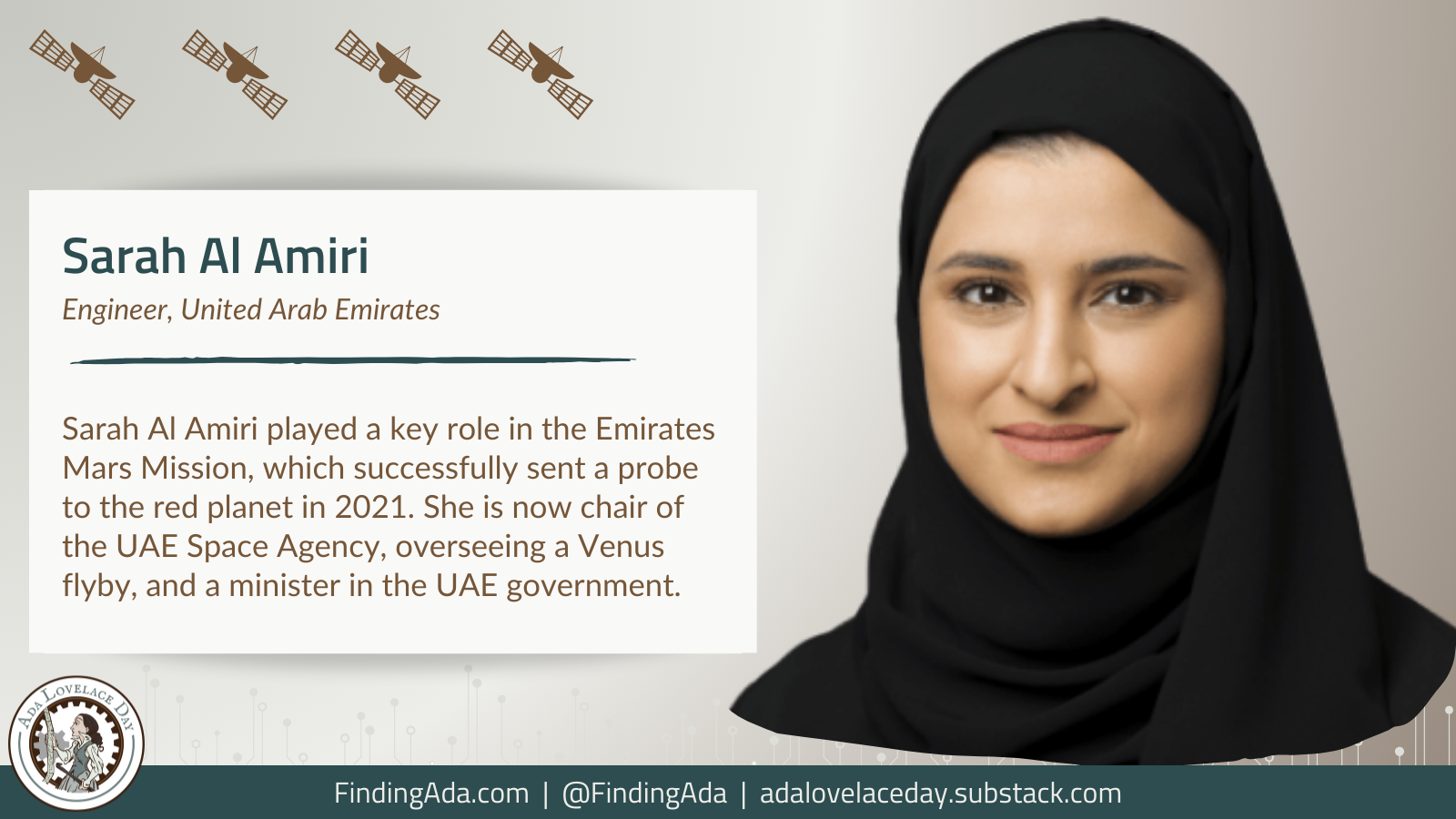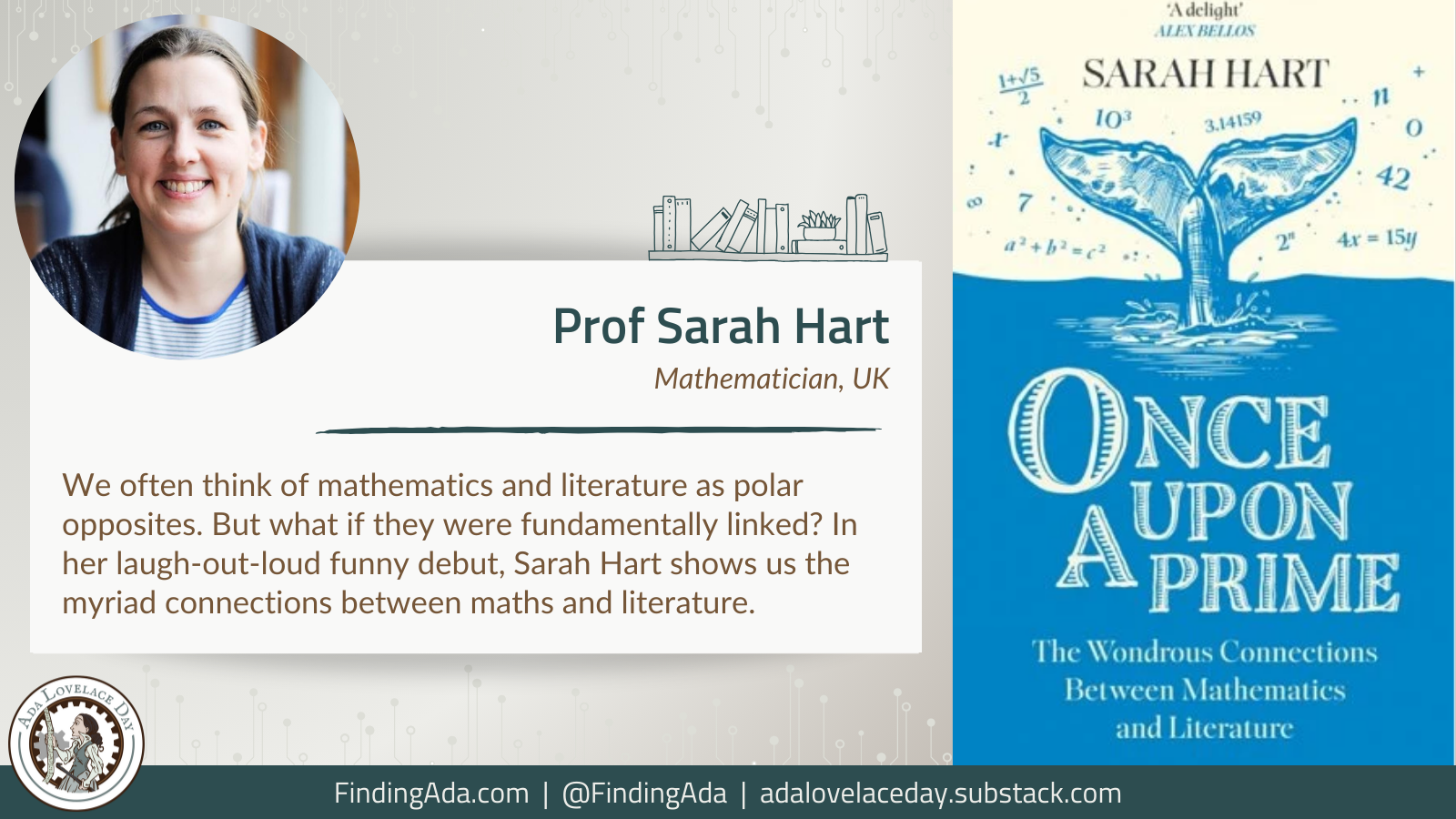Preventable: How a Pandemic Changed the World & How to Stop the Next One, Devi Sridhar
Professor Devi Sridhar has risen to prominence for her vital roles in communicating science to the public and speaking truth to power. In Preventable she highlights lessons learned from outbreaks past and present in a narrative that traces the COVID-19 pandemic – including her personal experience as a scientist – and details a vision for how we can better protect ourselves from the inevitable health crises yet to come.
In gripping and heartfelt prose, Sridhar exposes the varied realities of those affected and puts you in the room with key decision-makers at crucial moments. She vibrantly conveys the twists and turns of a plot that saw deadlier variants emerge (contrary to the predictions of social-media pundits who argued it would mutate to a milder form), countries with weak health systems like Senegal and Vietnam fare better than countries like the US and the UK (which were consistently ranked as the most prepared), and the quickest development of game-changing vaccines in history (and their unfair distribution).
Combining science, politics, ethics and economics, this definitive book dissects the global structures that determine our fates, and reveals the deep-seated economic and social inequalities at their heart. It will challenge, outrage and inspire.
Order the book on Bookshop.org.uk.
About the Author
Devi Sridhar is an American public health researcher who is also a Professor at the University of Edinburgh, where she holds a Personal Chair in Global Public Health. She is Founding Director of the University of Edinburgh’s Global Health Governance Programme and holds a Wellcome Trust Investigator Award.
The recipient of a Rhodes Scholarship, Devi holds an MPhil and a DPhil from Oxford University as well as a B.S. from the University of Miami’s Honors Medical Program. She was previously a Postdoctoral Research Fellow at All Souls College, Oxford University, and an Associate Professor in Global Health Politics and Fellow at Wolfson College, Oxford University. Following the West African Ebola virus epidemic, she worked with the Harvard Global Health Institute and the London School of Hygiene & Tropical Medicine to assess international responses to the outbreak and use this information to inform preparations for future pandemics.
Devi is the author of two previous books: Governing Global Health: Who Runs the World and Why? (OUP, 2017) and The Battle Against Hunger: Choice, Circumstance and the World Bank (OUP, 2008). Her work has been published in Nature, Science, The New England Journal of Medicine, The Lancet and The British Medical Journal.
You can follow Devi Sridhar’s work here:
Twitter: @devisridhar
Wikipedia: wikipedia.org/wiki/Devi_Sridhar
Instagram: @profdevisridhar
With thanks to Synergy for their support.
